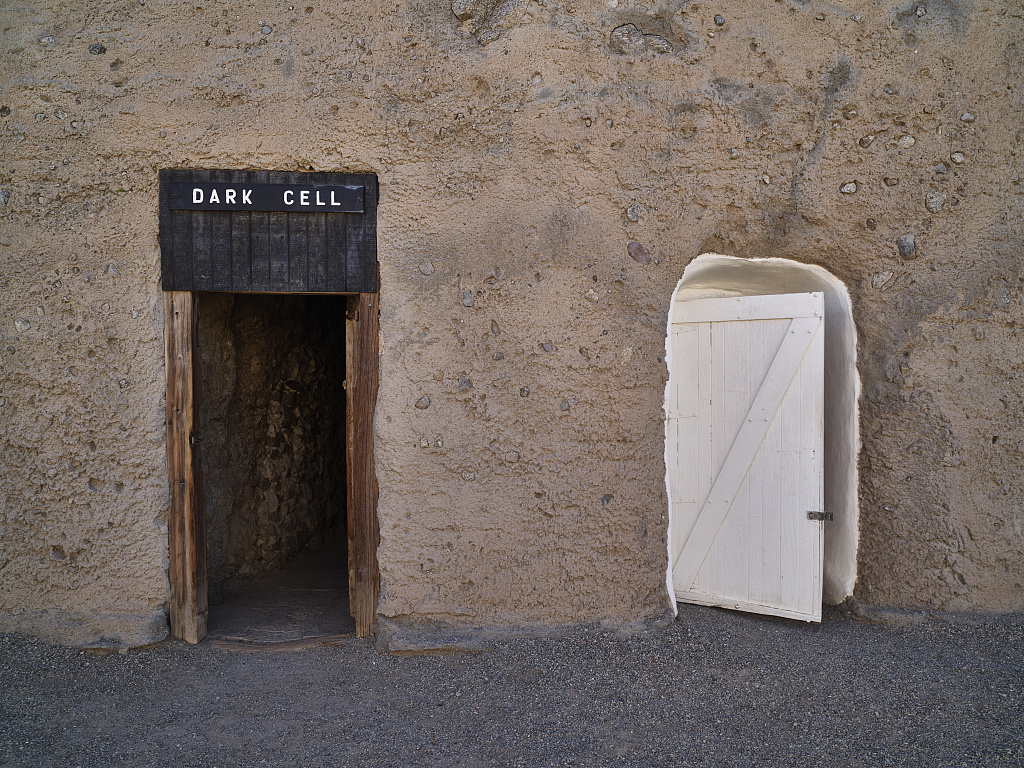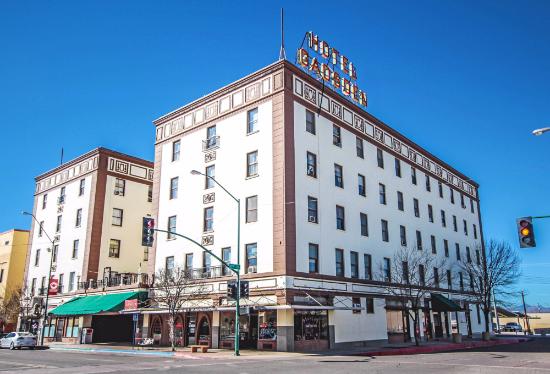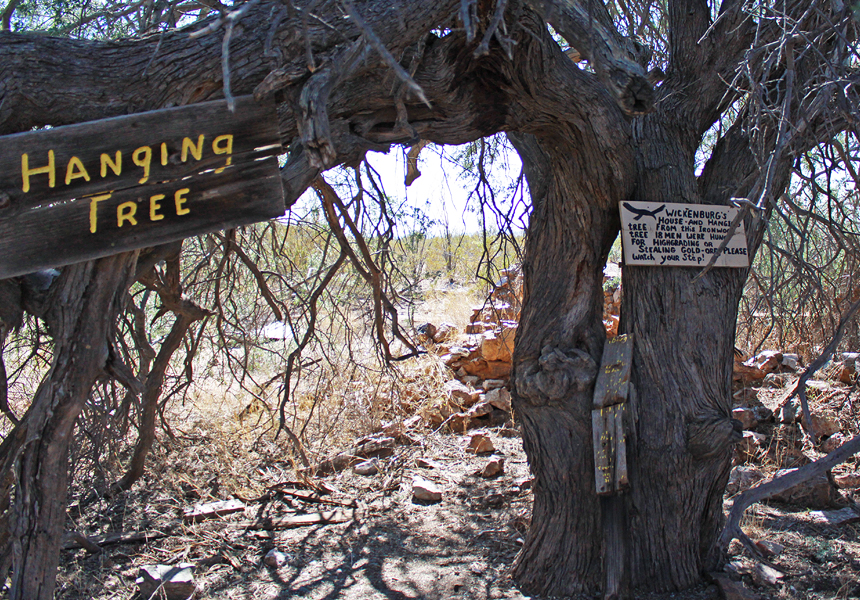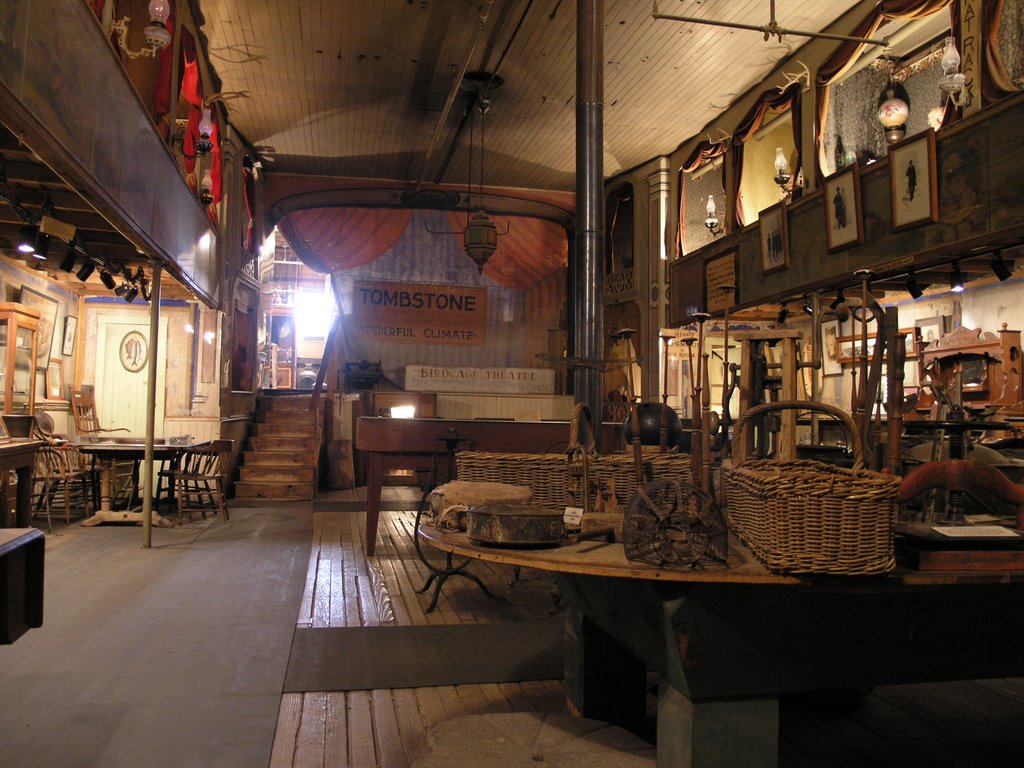Carved out from the side of the hill, the Dark Cell measured 10 feet by 10 feet and house an iron cage in the center. The cell was notorious for having no windows; the only light came from a tiny shaft located at the top of the cell. Prisoners who disobeyed the rules or misbehaved would be sent to the Dark Cell where they would spent up to several weeks. There was no blanket or mattress for comfort. The only contact with outside is the daily ration sent by a guard; bread and water is given once a day.
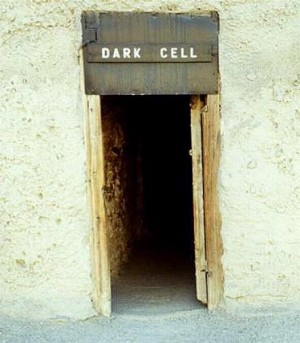
Those who could survived the isolation would find themselves battling rattlesnakes and scorpions, whether had slithered their way in or were dropped into by sadistic guards. As such, the Dark Cell was commonly referred to as the “Snake Den”
Several inmates locked in the Dark Cell were said to have gone insane and were transferred to a mental asylum upon release.
History of Yuma Territorial Prison
Opened on July 1, 1876, Yuma Territorial Prison was the first prison in the Arizona Territory. The first batch of prisoners were seven inmates who were locked in the new cells that they had built. Over the years, a total of 3,069 prisoners, including 29 women. were confined to the walls of Yuma Territorial Prison.
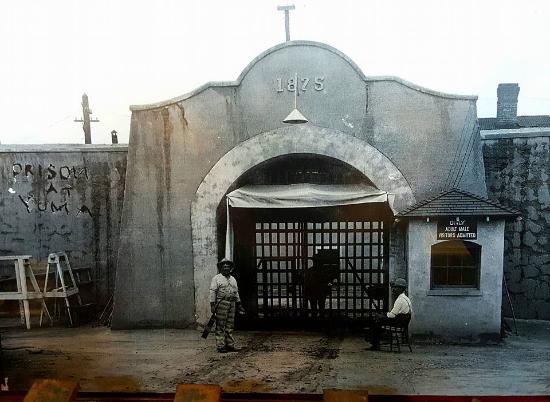
The prison was known for its various modern amenities not found in other prisons across the country. These include electricity, forced ventilation, bathtubs, a library with over 2,000 books, and access to Yuma first ever hospital. Rehabilitation programs were also introduced, allowing inmates to pick up a new skill such as wood carving or baking; a monthly bazaar was set up to allow the public to purchase handicrafts made by the inmates.
The model prison however, had cells that were barely liveable. Inmates were locked up in a strap-iron cell that would accommodate six men. A bucket placed in each cell served as the toilet for the inmates. As for punishments, they were said to be ‘humanely’ punished. Those who disobeyed rules were sent to the infamous Dark Cell while the “ball and chain” was strapped to prisoners who have tried to escape.
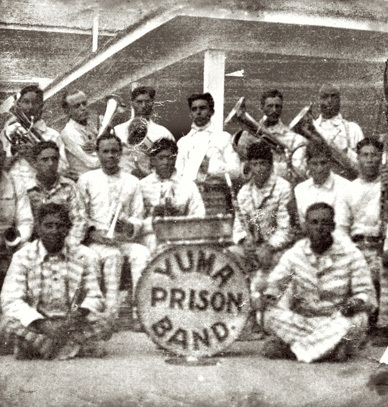
However, due to overcrowding, the prison did not last long. After 33 years of service, Yuma Territorial Prison officially closed in 1909. The prisoners were transferred to the newly constructed Arizona State Prison Complex in Florence, Arizona.
After the closure, the prison was used by various groups. After a fire which destroyed the school buildings, Yuma Union High School rented the prison for a period of four years from 1910 to 1914. Classes were held in the various cell blocks while morning assemblies happened at the prison’s hospital. During the Great Depression, the cell blocks were opened up for homeless families. From 1931 until 1960, the Veterans of Foreign Wars leased the guard’s quarters as their clubhouse.
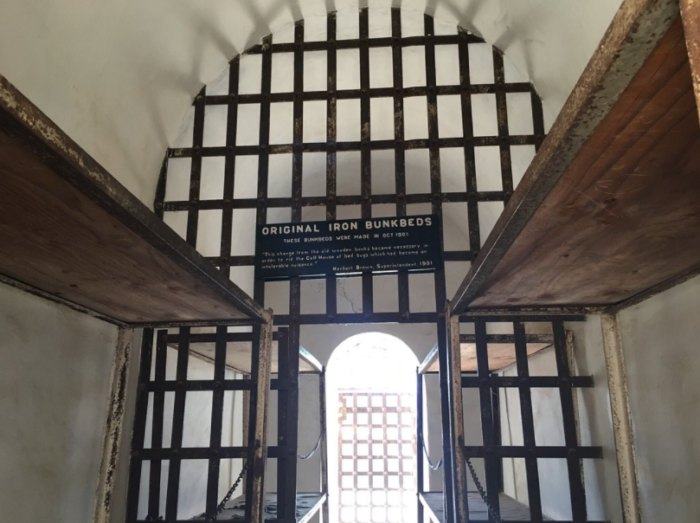
In 1924, parts of Yuma Territorial Prison were demolished to make way for new tracks for the Southern Pacific Railroad. The demolishment led to a collective effort by the Yuma community to preserve what is left of the historic prison. Funds were raised to renovate the prison interior as well as to build a museum on where the mess hall stood.
On October 4, 1960, the City of Yuma sold Yuma Territorial Prison to Arizona State Parks Board for one dollar and the prison was converted into a State Park. Today, the prison is known as Yuma Territorial Prison State Historic Park and operates as a historical museum, offering visitors a glimpse into the life of an inmate in the late 19th century.
Famous Inmates
Several notorious inmates have once lived within the walls of Yuma Territorial Prison.
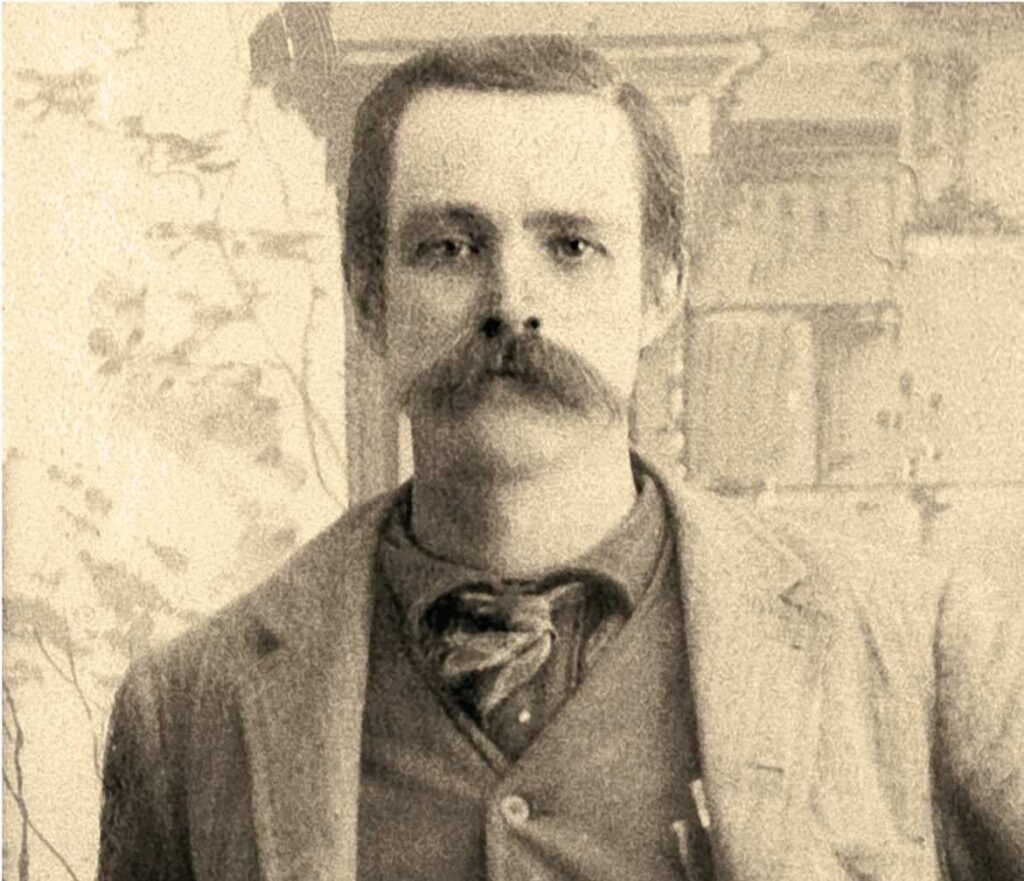
One of them was Buckskin Frank Leslie, a U.S. Army scout, gambler, gunfighter and con-man. After killing his ex-wife Mollie Edwards and injuring a guy named James Neil, Leslie was sentenced to life imprisonment at Yuma. Leslie was once sent to solitary confinement after an unsuccessful jailbreak. After six years in Yuma Territorial Prison, Leslie was granted a full and unconditional pardon by Arizona Governor Benjamin J. Franklin.
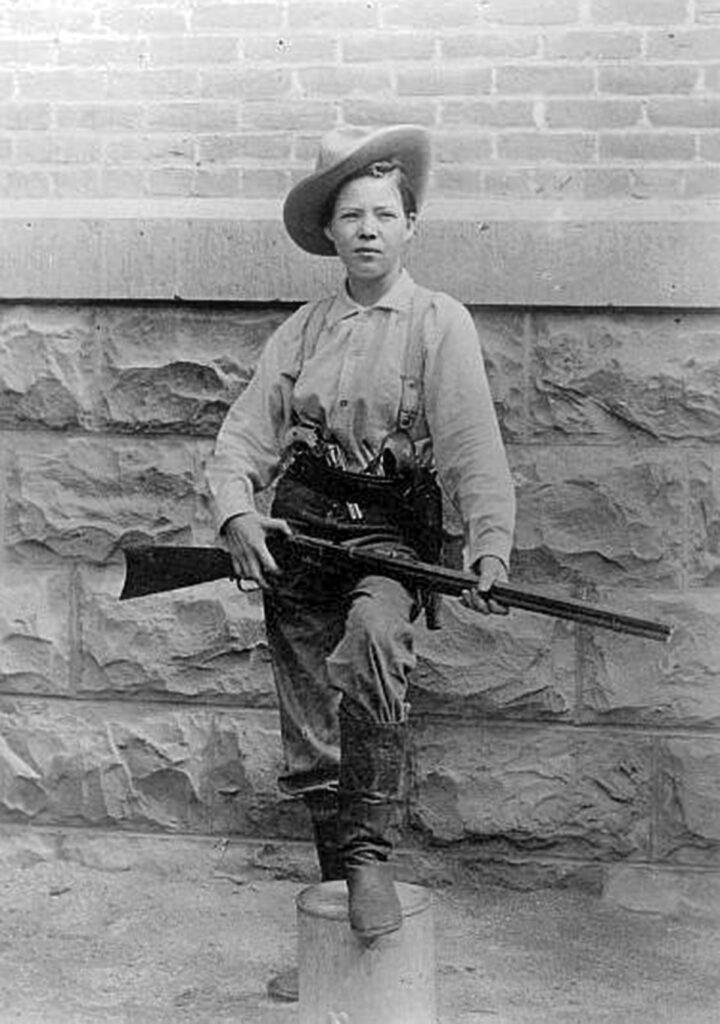
Another famous outlaw sentenced to Yuma Territorial Prison is legendary stagecoach robber Pearl Hart. When Hart was convicted, she received massive interest from both local press and national reporters due to her gender; she was one of few, if not the only known female stagecoach robber in Arizona. This won her the nickname Bandit Queen. On October 1899, Hart was sentenced to five years in Yuma Territorial Prison. Due to the nationwide attention as well as the fact that she was the only female in the prison, Hart was housed in a extra-large cell (complete with a yard) and was given special treatment by the prison wardens. In December 1902, she was pardoned by Arizona Territorial Governor Alexander Brodie. It was rumored that she had become pregnant in the prison and was forced to leave Arizona to avoid negative attention from the press.
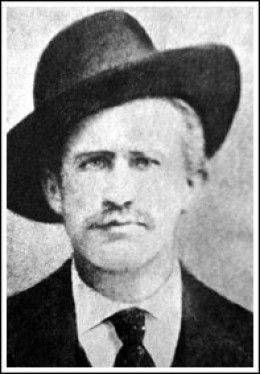
Barney Riggs was one of many other gunfighters sentenced to Yuma Territorial Prison. He was sentenced to life at Yuma in 1886 after murdering a man who seduced his wife. Riggs was famously known for his act of bravery during the Gates Riot in 1887. The incident occurred during a prison break by seven inmates. As they were surrounded, warden Thomas Gates was taken hostage and used as a human shield. Riggs managed to snatched a gun from another escapee and shot the inmate holding Gates, rescuing him from the chaotic scene. A total of four inmates were killed during the attempt. Riggs was pardoned for his bravery and was promptly released on December 31, 1887, barely a year after his sentence.
Other reputable inmates of Yuma Territorial Prison include Mexican anarchist Ricardo Flores Magon, prominent member of The Church of Jesus Christ of Latter-day Saints WIlliam Jordan Flake, and the infamous Elena Estrada. Estrada was said to have stabbed her lover, cut his heart out, and threw it in his face.
Ghosts of the Prison
In spite of the prison short history, many spirits are said to haunt the site. In particular, the ghost of a mischievous little girl in red is known to sneak up into unsuspecting visitors and poke them with her little fingers. Legend says that the girl was one of several families who lived in the prison’ during the Great Depression and had passed away in one of the cell blocks due to illness. Apparitions of inmates on death rows are said to linger around the cell blocks.
Cell 14 and the Dark Cell are known to be the most haunted cells in the prison. The former was the cell where inmate John Ryan was locked up. Ryan was imprisoned for “crimes against nature”, which likely meant that he had committed a sexual offense. Hated and ridiculed by both the guards and fellow inmates, Ryan took his life in the cell 14. Visitors who walk by the cell would report getting cold chills and feeling uneasy. Visitors in the Dark Cell have also reported an overwhelming sense of uneasiness, as if someone is watching them from a corner of the room.
Other paranormal activities that have happened in the historic site include lights being turned on and off on its own, and items in the gift shop being moved about.
In 2019, Yuma Territorial Prison was voted by USA Today as one of the nation’s “10 Best Haunted Destination in the U.S.”
The Prison Cemetery
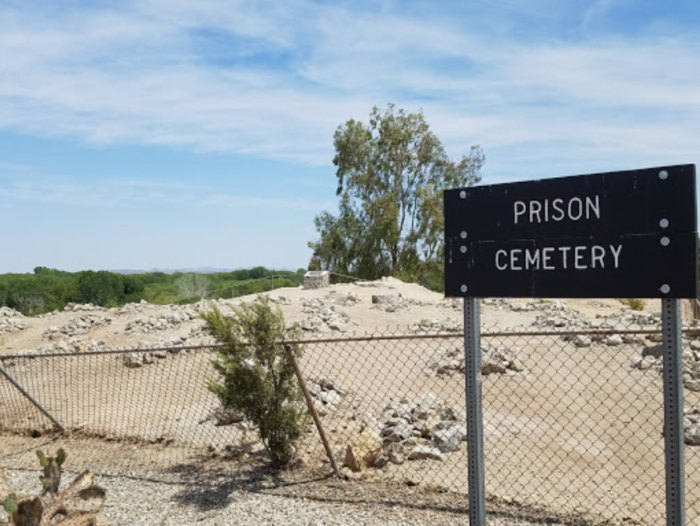
Within the confines of the prison is a cemetery where an estimated 112 prisoners are buried. Most passed away due to tuberculosis while a handful were shot by the guards during the several jailbreaks that have happened over the 33 years. A couple were said to have been killed by rattlesnakes while two have died by suicide.

